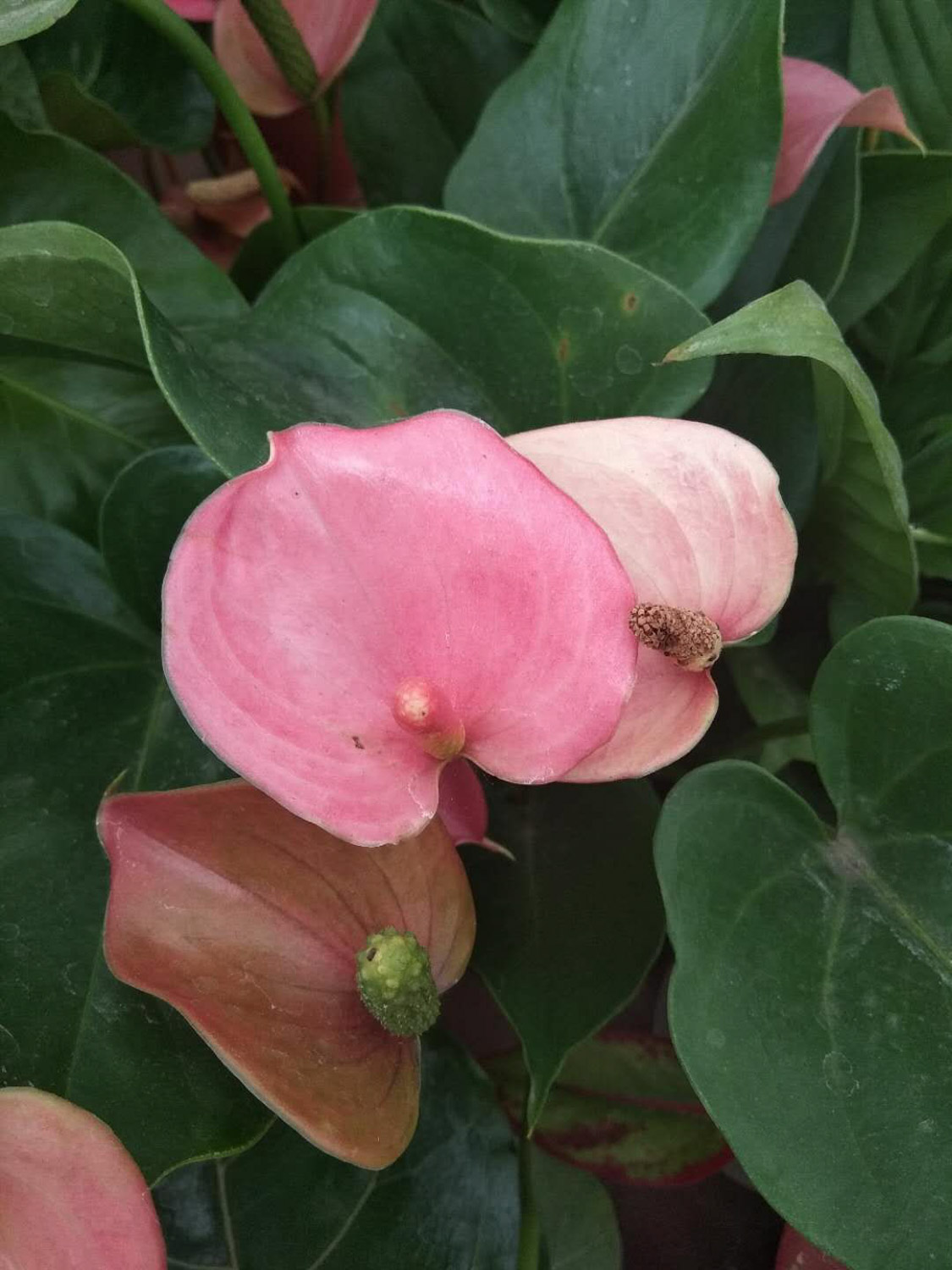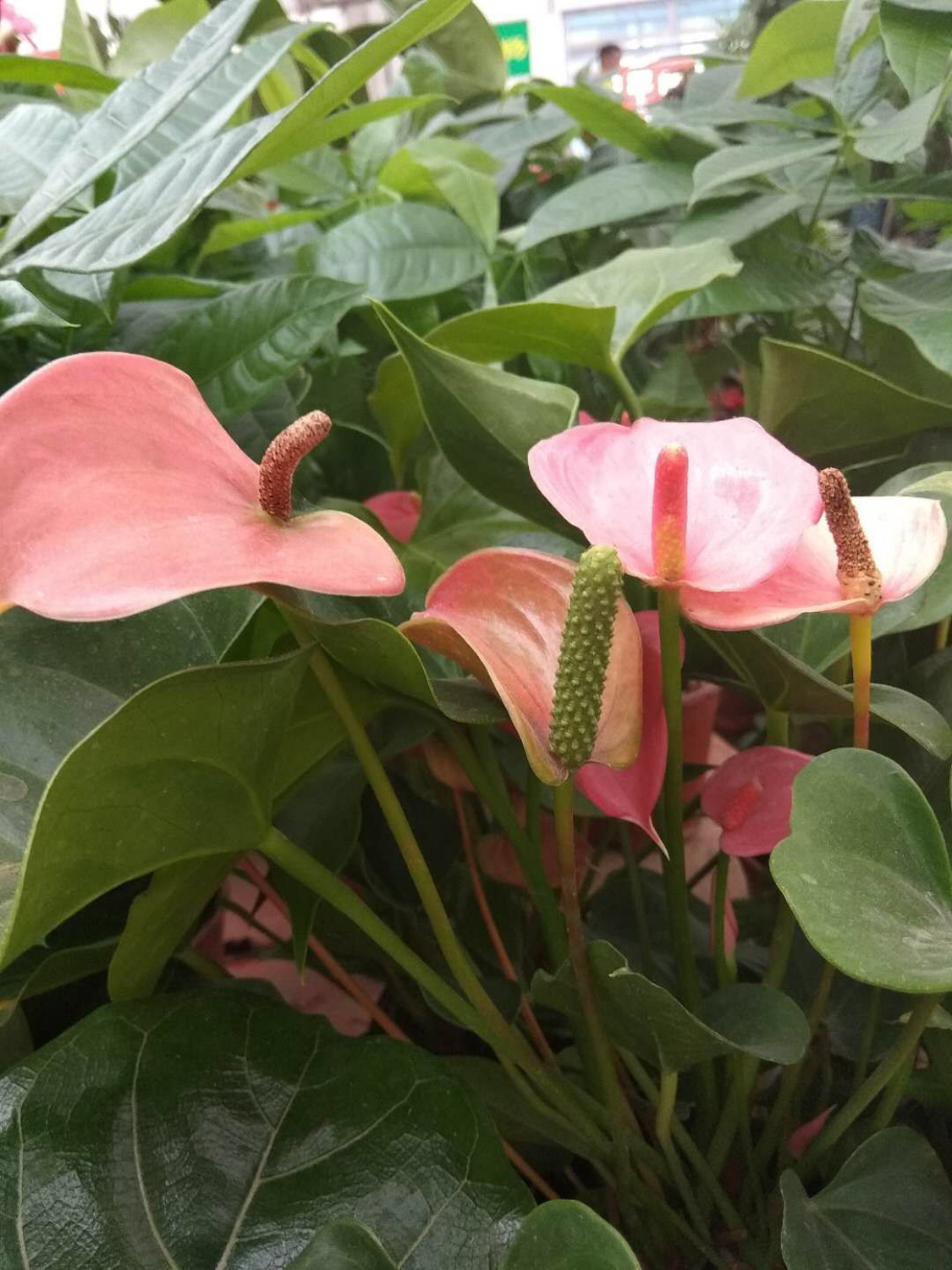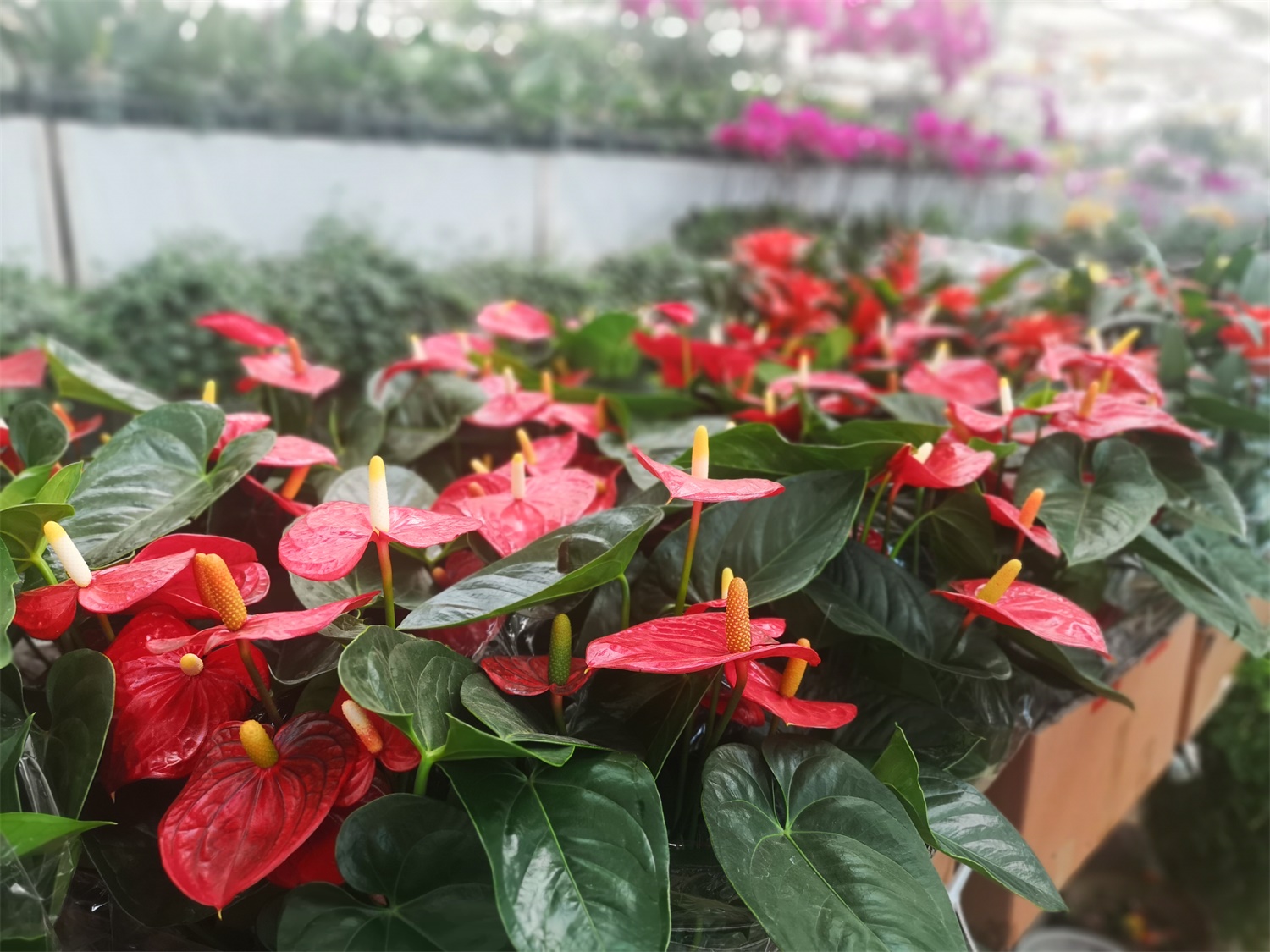1. Transplant
First dig it out of the soil, then cut off the rotten roots and leaves, wash it with water, then disinfect it with disinfectant, and then wash it with water again. If you raise it in a glass container, you can put a black plastic bag on the outside of the glass to prevent too strong light, and then put a transparent plastic bag on it, and then put it in the astigmatism, and keep the temperature above 10 degrees
2. Prepare nutrient solution

Take a look at its nutrient solution first. It usually takes 7 to 10 days to change it. Then remove the mucus and algae from the roots in time. In summer, you can change the water frequently, and it is best to change it once every 2 to 3 days, and you can't fill the water too full every time to prevent the root from rotting
3. Adaptive environment
It likes warm and humid places and is afraid of strong light, so when raising it, it should pay attention to its position. It's best to put it in a place with good ventilation and no strong light. Then in summer, the temperature should not be higher than 28 degrees, and the humidity of the air should be kept at 80%. If it is too dry, spray water on its leaves appropriately. In winter, the temperature can't be too low, otherwise freezing injury will occur

4. Reasonable oxygenation
When it is hydroponically cultured, the oxygen content is very important. If the oxygen is insufficient, it will rot its roots. Therefore, when raising it, it is necessary to use the method of vibration and gently shake the container in hand to increase the oxygen content
5. Root repair
In hydroponic culture, the roots of its original soil should be removed to make it grow new roots again

6. Change the water in time
Its root has strong absorption. It needs to change water regularly and remove the mucus and algae on the root, which can increase the oxygen content. It is best to change water once every 2 to 3 days. In winter, it can be changed once a week

 how many times do yo...
how many times do yo... how many planted tre...
how many planted tre... how many pine trees ...
how many pine trees ... how many pecan trees...
how many pecan trees... how many plants comp...
how many plants comp... how many plants can ...
how many plants can ... how many plants and ...
how many plants and ... how many pepper plan...
how many pepper plan...



























